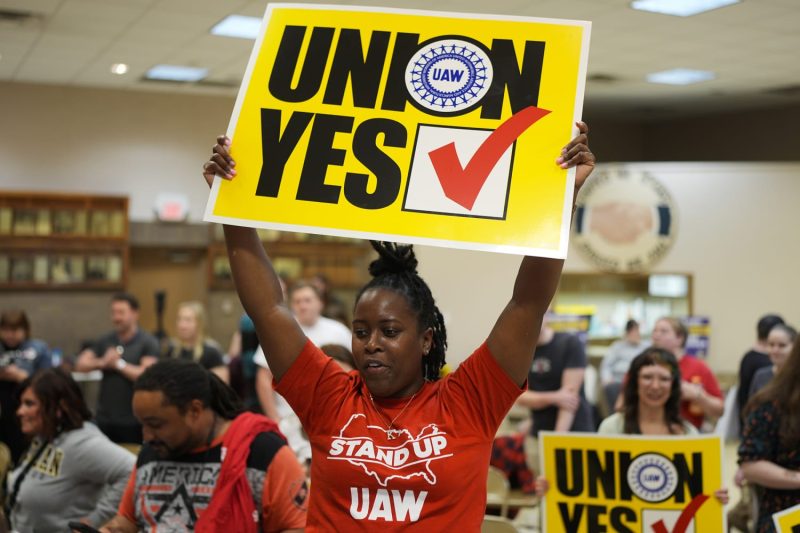The United Auto Workers (UAW) union is currently embroiled in a high-stakes battle at the Mercedes-Benz plant in Alabama, marking a crucial moment for labor relations and workers’ rights in the United States.
The UAW’s attempt to unionize the Mercedes plant comes amidst a backdrop of growing discontent among autoworkers nationwide, spurred by concerns over job security, working conditions, and fair compensation. The outcome of this struggle could set a precedent for the future of unionization efforts in the automotive industry and beyond.
One of the key challenges facing the UAW in its campaign at the Mercedes plant is the opposition it faces from the company itself. Mercedes has a history of resisting unionization efforts at its facilities, and the current situation in Alabama is no exception. The company has employed a range of tactics to dissuade workers from joining the union, including holding mandatory anti-union meetings and distributing anti-union literature.
Despite these obstacles, the UAW has been undeterred in its efforts to represent the workers at the Mercedes plant. The union has been working tirelessly to engage employees, educate them about their rights, and mobilize support for unionization. By highlighting the benefits of union membership, such as increased job security, better wages, and improved working conditions, the UAW hopes to win over a majority of workers and secure a successful unionization vote.
The outcome of the unionization vote at the Mercedes plant could have far-reaching consequences for autoworkers across the country. A victory for the UAW would not only improve the lives of the workers at the plant but also send a powerful message to other companies in the automotive industry about the importance of respecting workers’ rights and allowing them to organize freely.
Ultimately, the struggle at the Mercedes plant is about more than just one group of workers seeking representation. It is about the broader fight for economic justice, worker empowerment, and the right to organize. The outcome of this battle will shape the future of labor relations in the United States and determine the extent to which workers can exercise their rights and stand up for themselves in the face of corporate opposition.
